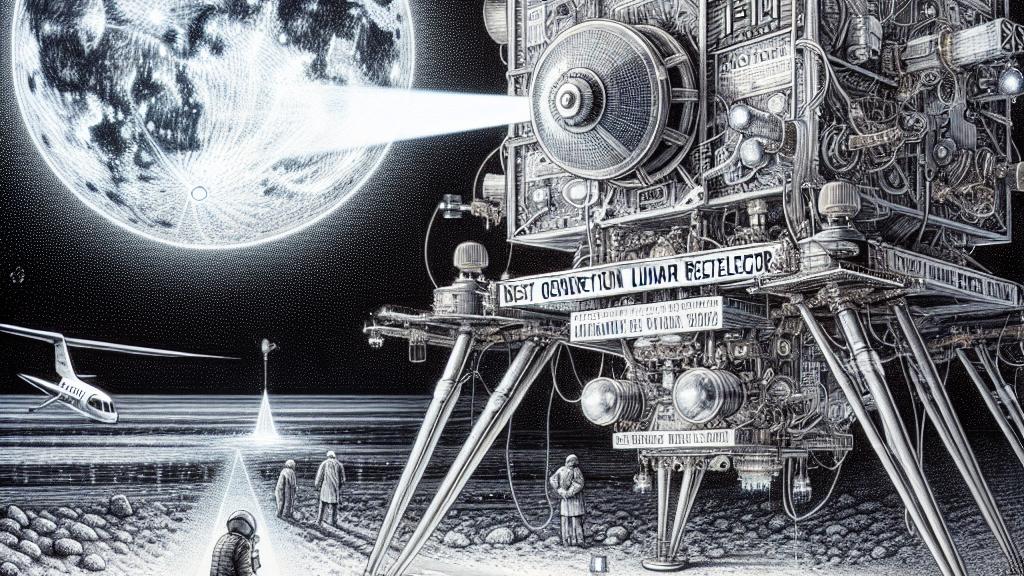Discovering the Moon with NASA's New Laser Technology
Overview
- NASA's NGLR-1 is a groundbreaking step forward in lunar exploration.
- This advanced retroreflector enhances our ability to measure the Moon with remarkable precision.
- Future missions could usher in new discoveries about lunar geology and cosmic interactions.

Revolutionizing Our Understanding of the Moon
Prepare for an incredible journey as NASA gets ready to launch the Next Generation Lunar Retroreflector (NGLR-1) in 2025! Imagine a state-of-the-art device landing on the Moon, courtesy of Firefly Aerospace's Blue Ghost lunar lander. This isn't just any gadget; it's designed to bounce laser beams off the Moon’s surface, allowing scientists to measure its distance and shape like never before. By doing this, they’ll gather critical data that will help us understand how the Moon interacts with Earth's gravity—a connection that influences both bodies in fascinating ways. We're not just talking numbers; we're talking about unlocking secrets that have remained hidden for generations.
Enhancing Technology for Stellar Discovery
The NGLR-1 represents a monumental leap in our lunar science toolkit. While Apollo astronauts paved the way by installing retroreflectors during their missions, the NGLR-1 is here to take those foundational efforts and elevate them to a whole new level. Think about it: Dennis Harris from NASA suggests that this new device could achieve findings that are ten times more accurate than those from the Apollo days! For students, it's like switching from a VHS tape to ultra-high-definition streaming—it's not just a change; it's a revolution. As researchers delve into the dynamics of the Moon's liquid core, they're poised to discover how these shifts may lead to seismic events on the lunar surface, adding another layer of depth to our understanding of celestial mechanics.
Charting New Frontiers in Lunar Exploration
But hold on; there's even more excitement on the horizon! The NGLR-1 is just the beginning of this thrilling adventure. NASA has plans to deploy two additional retroreflectors: one near the lunar south pole and another yet to be determined for a future mission. Imagine the potential of these three retroreflectors working in unison—it's like setting up multiple research stations on the Moon! This collaboration will not only enhance our lunar science but also create unmatched opportunities to validate Einstein's theories of gravity. The idea of exploring how intertwined our universe truly is can inspire all of us. So fasten your seatbelts; the future of lunar discovery is set to be a spectacular ride filled with groundbreaking revelations!

Loading...